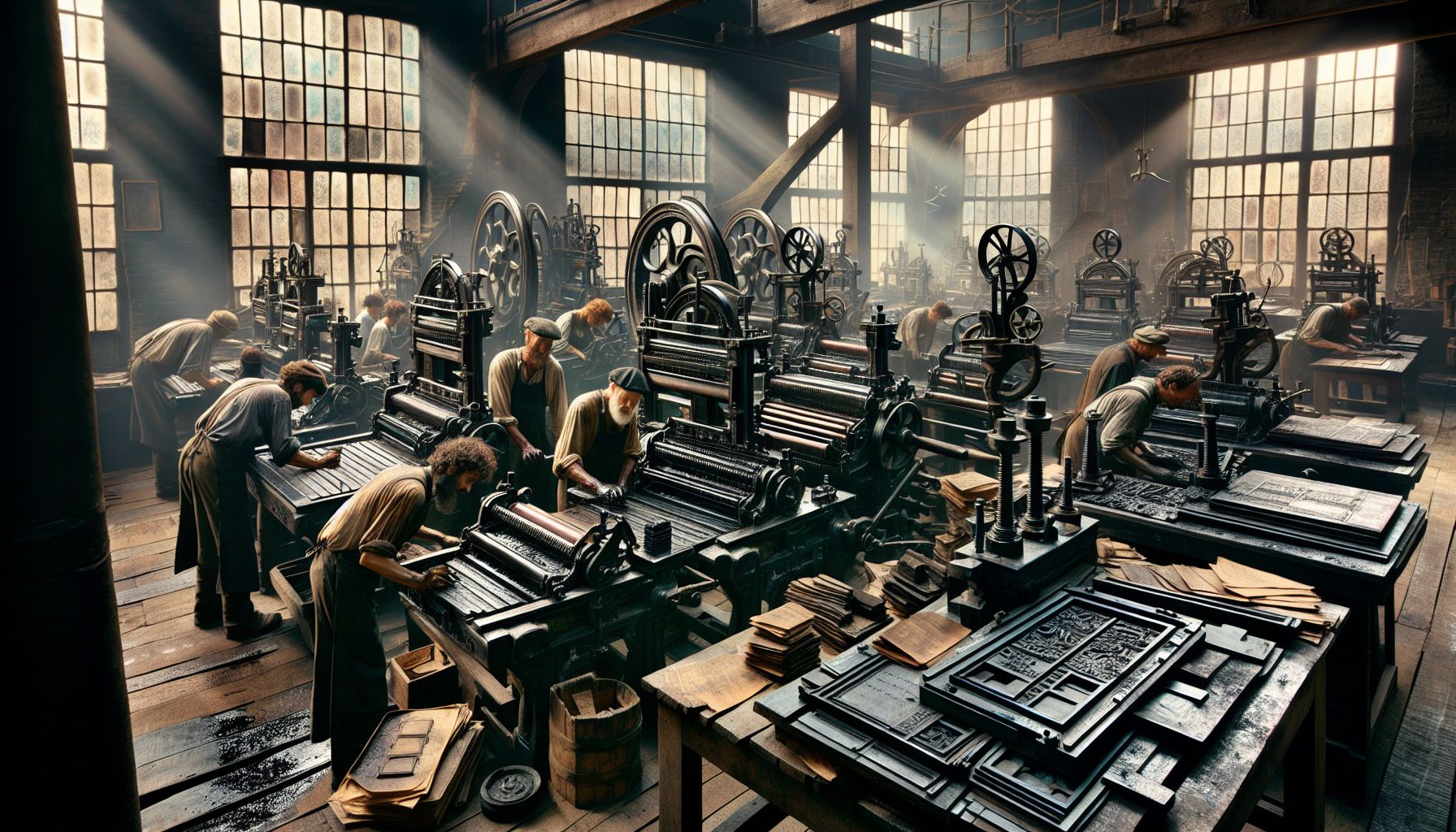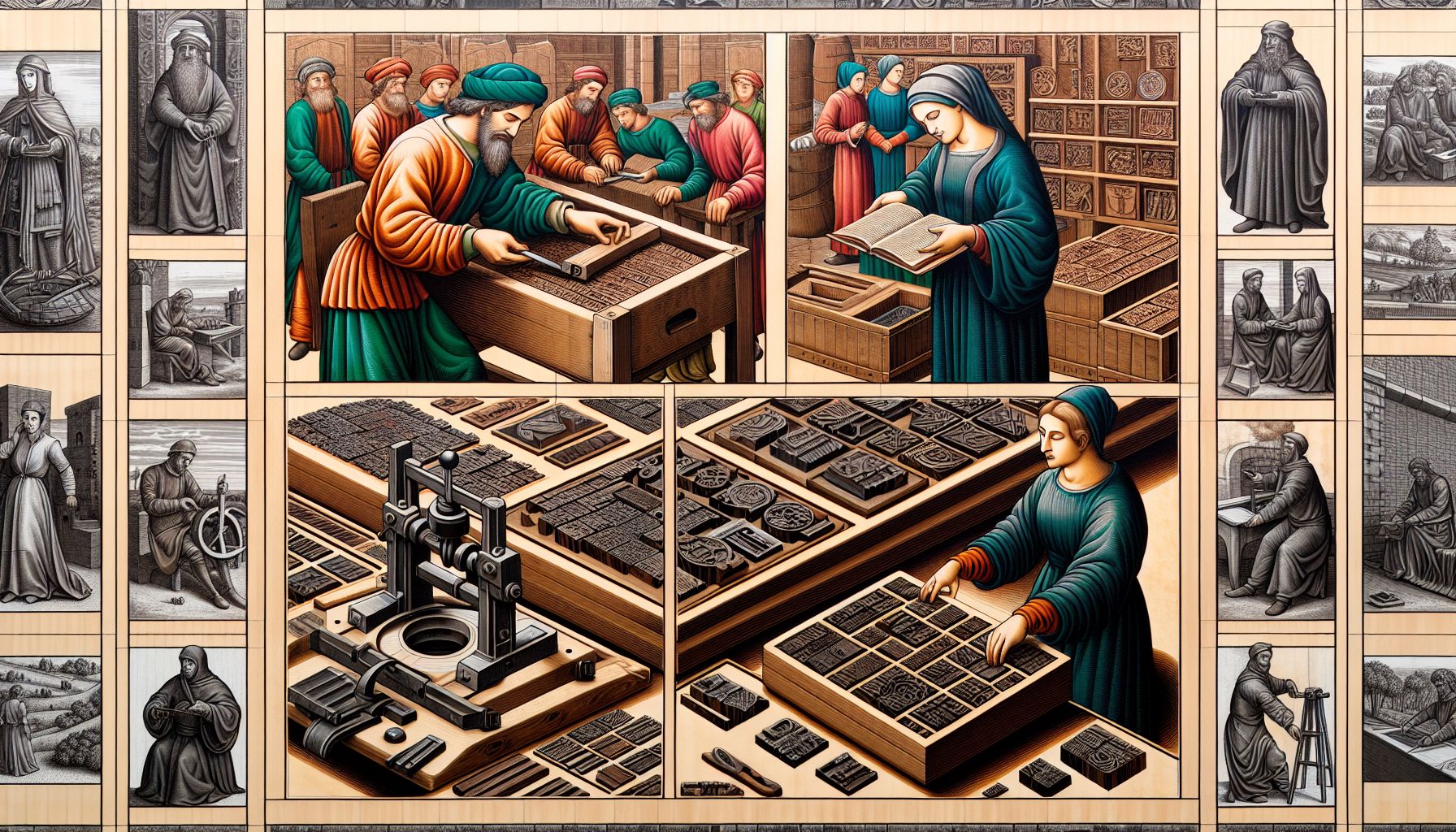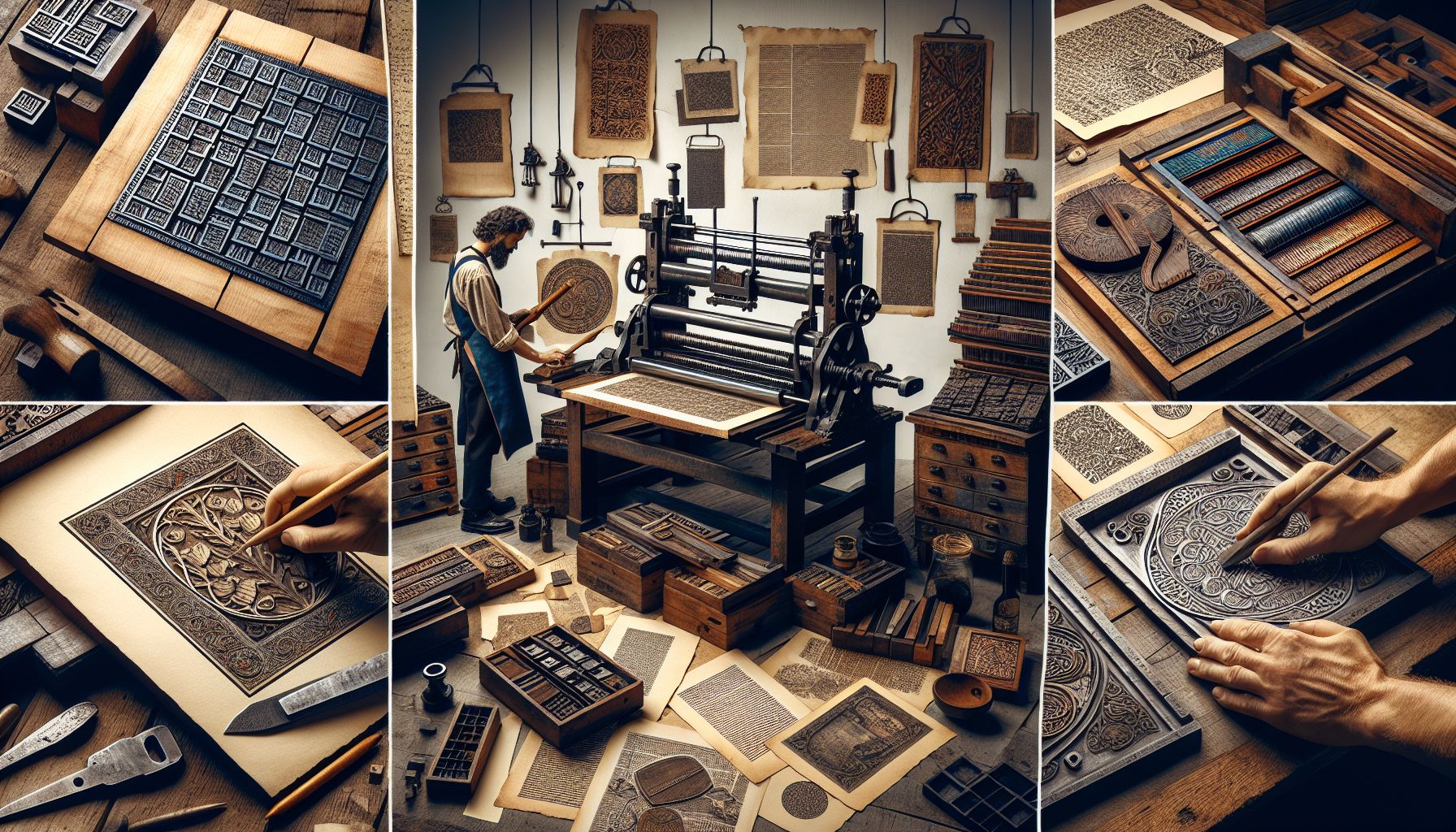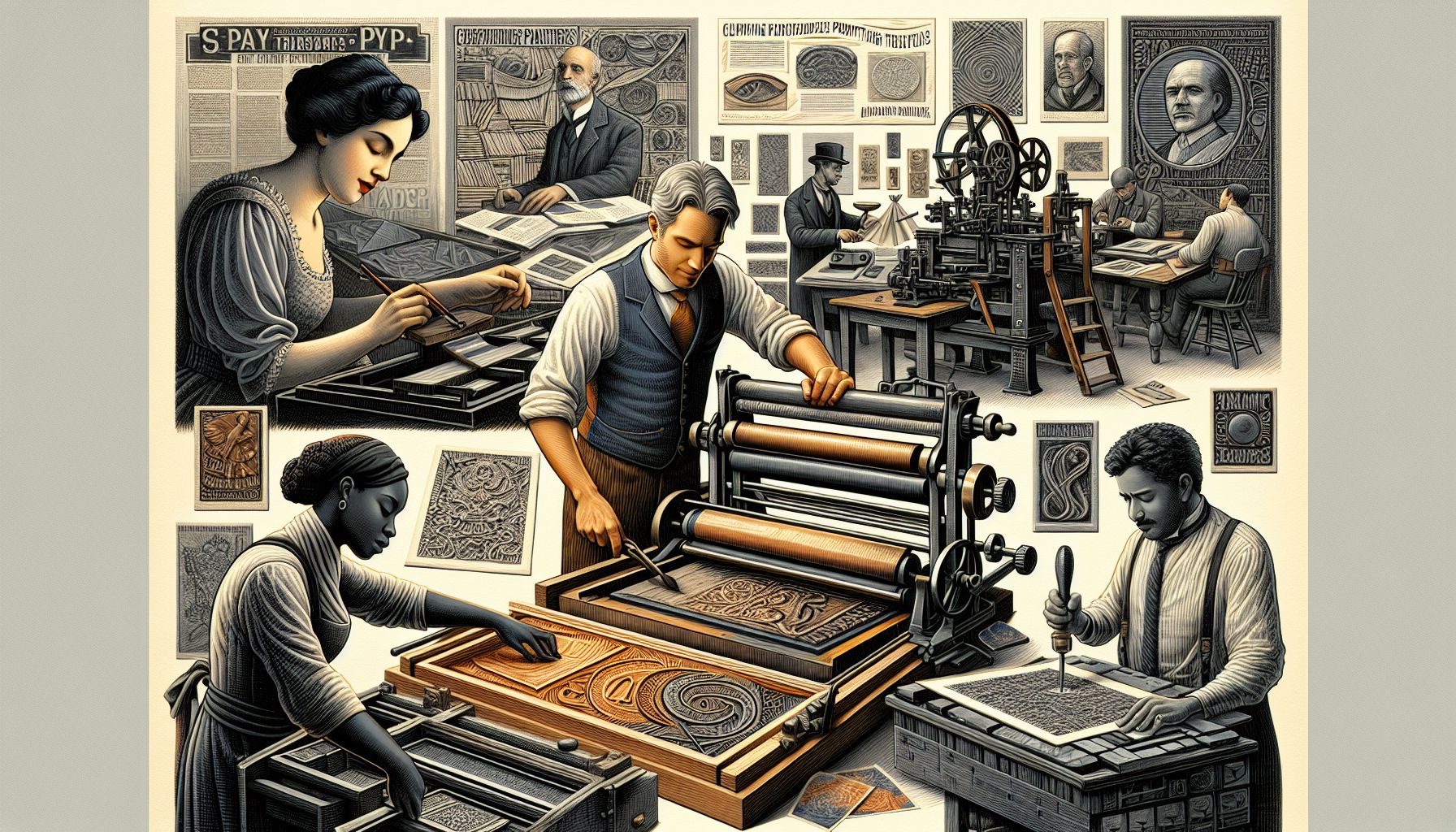Printing techniques have come a long way since the invention of the printing press by Johannes Gutenberg in the 15th century. Today, there are a variety of printing methods available, each with its own unique features and advantages. In this article, we will explore some of the most popular printing techniques used in the industry today, including offset printing, digital printing, screen printing, and flexography.
Offset Printing
Offset printing is one of the most widely used printing techniques in the world. It involves transferring ink from a plate to a rubber blanket and then onto the printing surface. This process produces high-quality prints with sharp images and vibrant colors. Offset printing is ideal for large print runs and is commonly used for magazines, newspapers, and brochures.
One of the key advantages of offset printing is its ability to produce consistent, high-quality prints. The process allows for precise color matching and fine details, making it a popular choice for businesses looking to create professional-looking marketing materials.
Digital Printing
Digital printing is a more modern printing technique that involves sending digital files directly to a printer. This method is ideal for short print runs and on-demand printing, as there is no need for plates or setup costs. Digital printing is versatile and can be used to print a wide range of materials, including business cards, flyers, and posters.
One of the main advantages of digital printing is its speed and flexibility. Digital printers can produce prints quickly and efficiently, making it a convenient option for businesses with tight deadlines. Additionally, digital printing allows for variable data printing, which means that each print can be personalized with different text or images.
Screen Printing
Screen printing is a versatile printing technique that involves using a mesh screen to transfer ink onto a substrate. This method is ideal for printing on a variety of materials, including paper, fabric, and glass. Screen printing can produce vibrant, long-lasting prints and is commonly used for t-shirts, posters, and signage.
One of the main advantages of screen printing is its versatility. Screen printing can be used to print on almost any surface, making it a popular choice for businesses looking to create unique and eye-catching designs. Additionally, screen printing allows for the use of specialty inks, such as metallic or glow-in-the-dark inks, to create custom prints.
Flexography
Flexography, also known as flexo printing, is a printing technique that uses flexible relief plates to transfer ink onto a substrate. This method is commonly used for packaging materials, such as labels, bags, and wrappers. Flexography is ideal for printing on flexible materials, such as plastic and film, and can produce high-quality prints with crisp images and colors.
One of the main advantages of flexography is its ability to produce prints at high speeds. Flexo printers can produce thousands of prints per hour, making it a cost-effective option for large print runs. Additionally, flexography can use a variety of inks, including water-based and UV-curable inks, to create durable prints that are resistant to fading and smudging.
Conclusion
Printing techniques have evolved significantly over the years, offering a wide range of options for businesses looking to create high-quality prints. Whether you need to print marketing materials, packaging, or promotional items, there is a printing technique that is right for you. By understanding the advantages and features of each printing method, you can choose the technique that best fits your needs and budget. So next time you’re looking to print something, consider exploring one of these popular printing techniques to create stunning prints that will leave a lasting impression.










